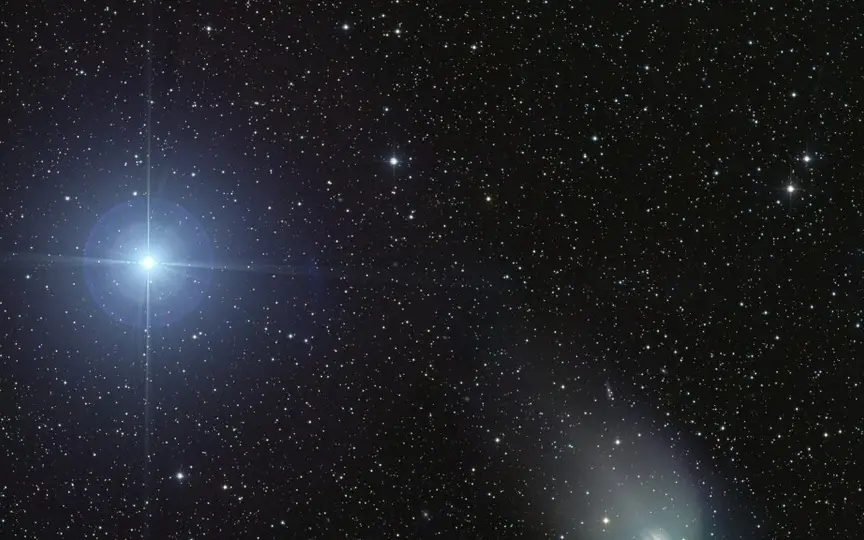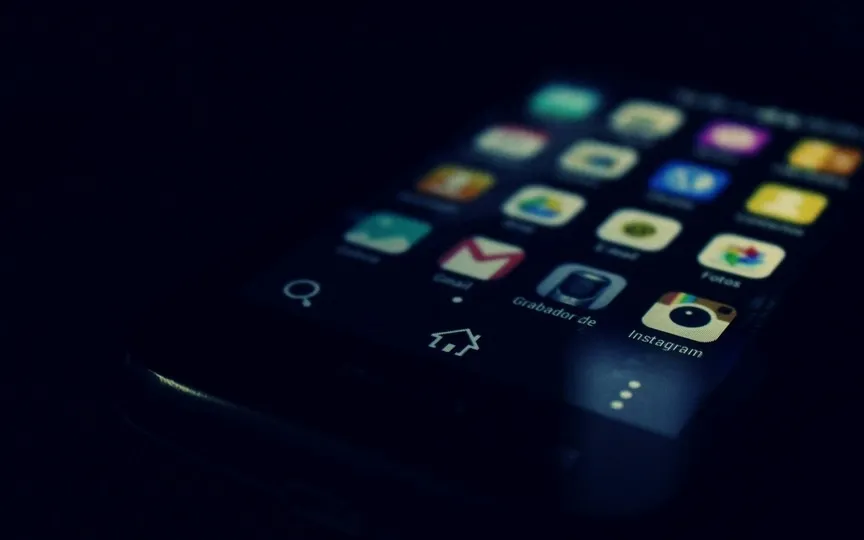Rare sighting of ‘Devil Comet’ expected during 2024 total solar eclipse after 70 years
People around the world are excitedly awaiting a rare event during the upcoming total solar eclipse in April – the possible sighting of the ‘Devil Comet’. Officially named 12P/Pons-Brooks, this comet, which is approximately 10.5 miles (17 kilometers) wide, is currently heading towards Earth and could provide a spectacular show if it becomes visible before the Sun is fully covered during the eclipse.
The meaning of the Devil’s Comet
What makes the “Devil Comet” particularly intriguing is its unusual behavior and properties, according to NASA. It follows an elliptical orbit around the sun and completes its journey every 71 years. Classified as an ice volcano or cryovolcanic comet, it occasionally erupts when exposed to intense solar radiation, causing cracks in its icy surface and releasing a mixture of gas and ice known as cryomagma into space. These eruptions lead to the comet’s coma, a cloud of gas and dust surrounding its nucleus that brightens significantly for several days.
Interestingly, the “devil’s comet” experienced its first eruption in 69 years last July and has continued to erupt regularly ever since. Initially, the comet’s extended coma displayed an asymmetry that resembled horns, leading to its nickname “the demonic comet.” However, recent eruptions have not shown such a clear asymmetry, adding to the comet’s mystique.
The distinctive greenish glow emitted by the comet is due to the high concentrations of dihydrogen in its coma and tail, as seen in recent images.
On April 8, 2024, the day of the total solar eclipse, sky watchers may have a chance to see the “Devil’s Comet” in all its glory, according to NASA. This is the first time since 1954 that a comet has passed Earth, and it will not be seen again until at least 2095.
How to see the Devil Comet
It is very important that observers take the necessary precautions during the eclipse. Safety glasses, such as licensed eclipse glasses, must be worn during partial stages of the event to avoid possible eye damage. Looking directly at the sun during an eclipse without proper eye protection can lead to irreversible eye damage.
As anticipation of this rare celestial event develops, astronomers and enthusiasts eagerly await the opportunity to catch a glimpse of the elusive “devil’s comet” and marvel at the wonders of the universe.




